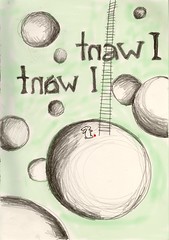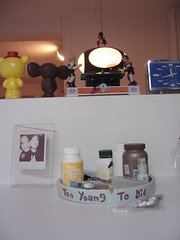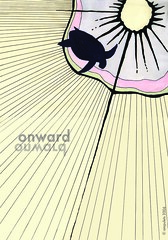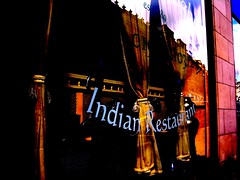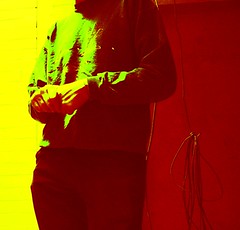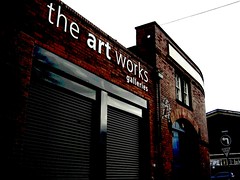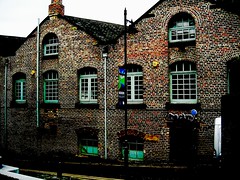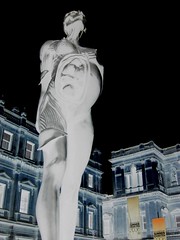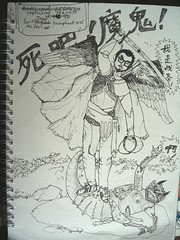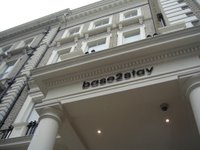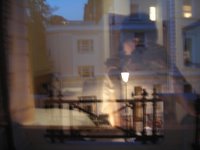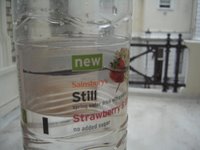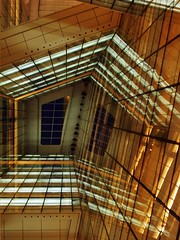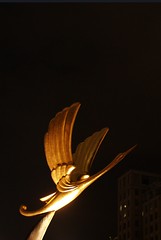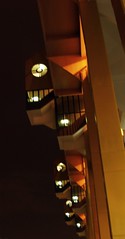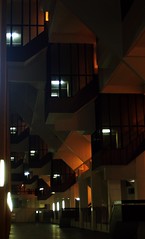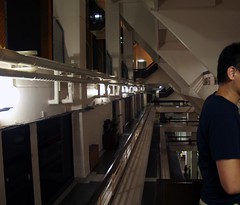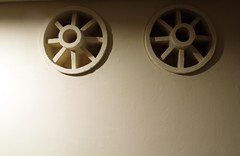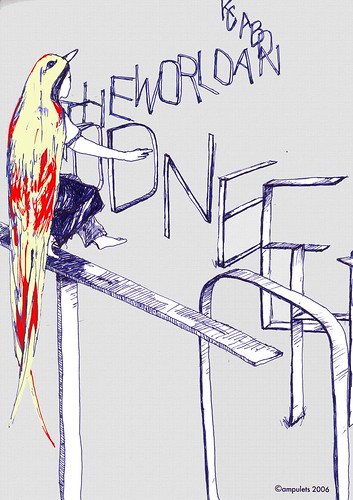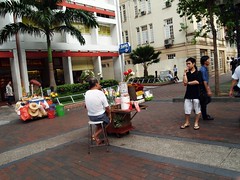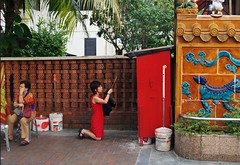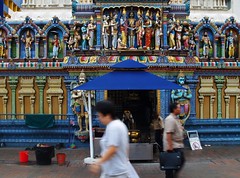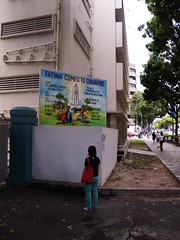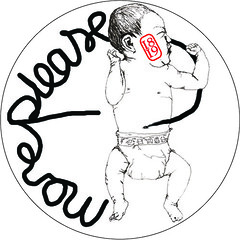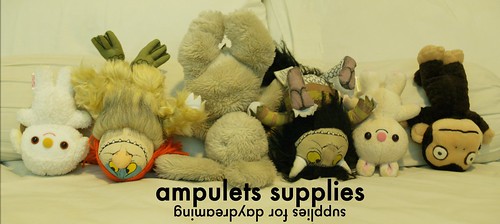A Singaporean living in Newcastle and whom I met said this when comparing the UK to Singapore: "In some ways, the UK is very backward, but in other ways, it is way ahead." OK, so this may sound like a generalisation that would apply to any and every country, but in the context of the conversation, it was a useful reminder that for everything that Singapore could take pride in having achieved, it was often at the cost of something else equally valuable.
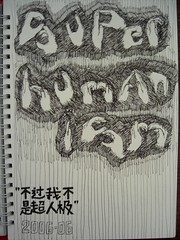 click for larger view
click for larger viewDuring the last 2 days of the conference, I heard from artists, cultural leaders and even a judge on the impact of their artistic or cultural endeavour in transforming communities. And the most important and interesting lessons for me were learnt from countries or communities of the "third world" (I feel compelled to use these inverted commas because the whole chronology of first/third world seemed at odds with the arts and culture) – countries or communities marked by social and material poverty.
A government official from Columbia admitted with no embarrassment of Columbia’s troubles, but spoke with a measured confidence about the conservation of Gabriel Garcia Marquez’s birthplace, the promotion of the diverse Columbian musical traditions, the development of village-level artist schools and the results of a Scandinavian study which showed that Columbia was one of the happiest countries in the world (I’m not sure if the study surveyed the drug lords too!).
American artist Rick Lowe described the moment when a young person, viewing his sculptures expressing the problems of environmental destruction, had turned to him and challenged him thus: "It’s ok that your sculptures tell us about all these issues and problems of our community, but I know all that. What’s the use of telling me about the problem that I know." And so Rick Lowe started to think more about social sculpture, and described to the conference his powerful
Row House Project with a low-income and rundown Houston neighbourhood to transform the physical and living landscape through art. Artists coming together with their community to change their environments. No self-pity or endless griping about the lack of state funding here!
Then there was Justice Albie Sachs, a former South African freedom fighter (his one empty shirt sleeve a reminder of the real cost of freedom) and appointed by Nelson Mendela as a member of the Constitutional Court. He spoke this morning about the decisions behind the liberating design and the deliberate location of the new
South African Constitutional Court beside the No. 4 Prison, a symbol of apartheid injustice past. And what beautiful, human architecture! What pride in a freedom, but also a culture hard won!(
click on the link to take an online tour of the building and its art)
Justice Sachs would guide tours for the building and would train other guides. He described how he wanted these young guides to tell the stories he told and feel the same pain and struggle, but wisely concluded that he had to let go – the youth must form and tell their own stories, with the same irreverence, boldness and imagination that he too had when he was young.
A culture can be magnanimous. It is more than a material generosity. Perhaps as with a person who has stood the darkest trials of spirit and body and knows for certain what cannot be taken away, a culture acquires magnanimity only when it holds the same knowledge with confidence. And as with that person – Justice Albie Sachs, Kuo Pao Kun – such a culture will love its heritage in equal measure as its future.
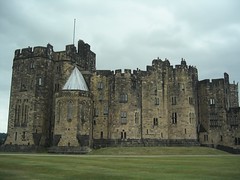 On a lighter note, the conference was also guest to the generous Duchess of Northumberland
On a lighter note, the conference was also guest to the generous Duchess of Northumberland in her beautiful castle, a film location for Harry Potter 1 & 2 and some other films (I forget which). Just in case you thought the conference I’m at is all we-are-world inspiration, there’s also aristocracy and what old money can afford – canapés, fish and chips, lots of Newcastle ale, wine, a fantastic garden (though cheesily lit), and a 13th century castle bathed in the soft evening light of an English summer that faded only at ten.

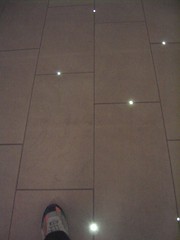 the northumbrian sheep and my shoe on the duchess's precious fibre-lit floor
the northumbrian sheep and my shoe on the duchess's precious fibre-lit floor
